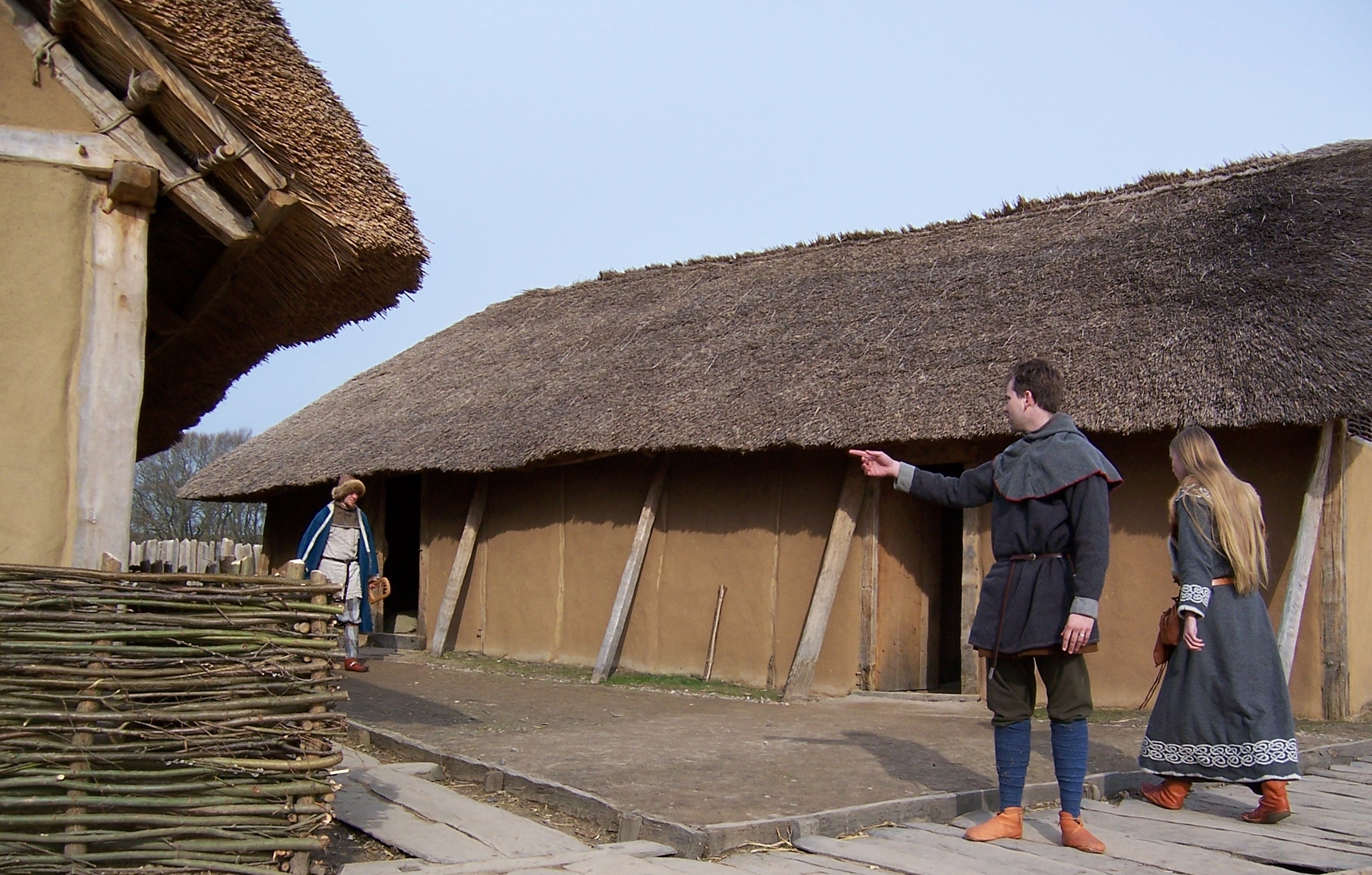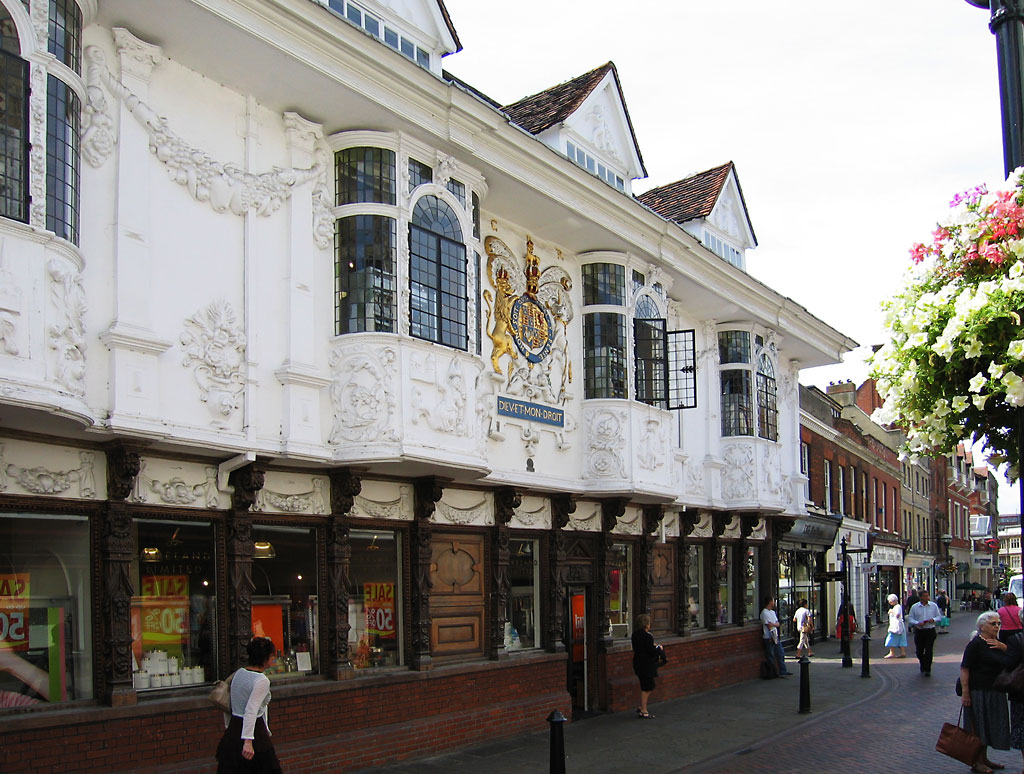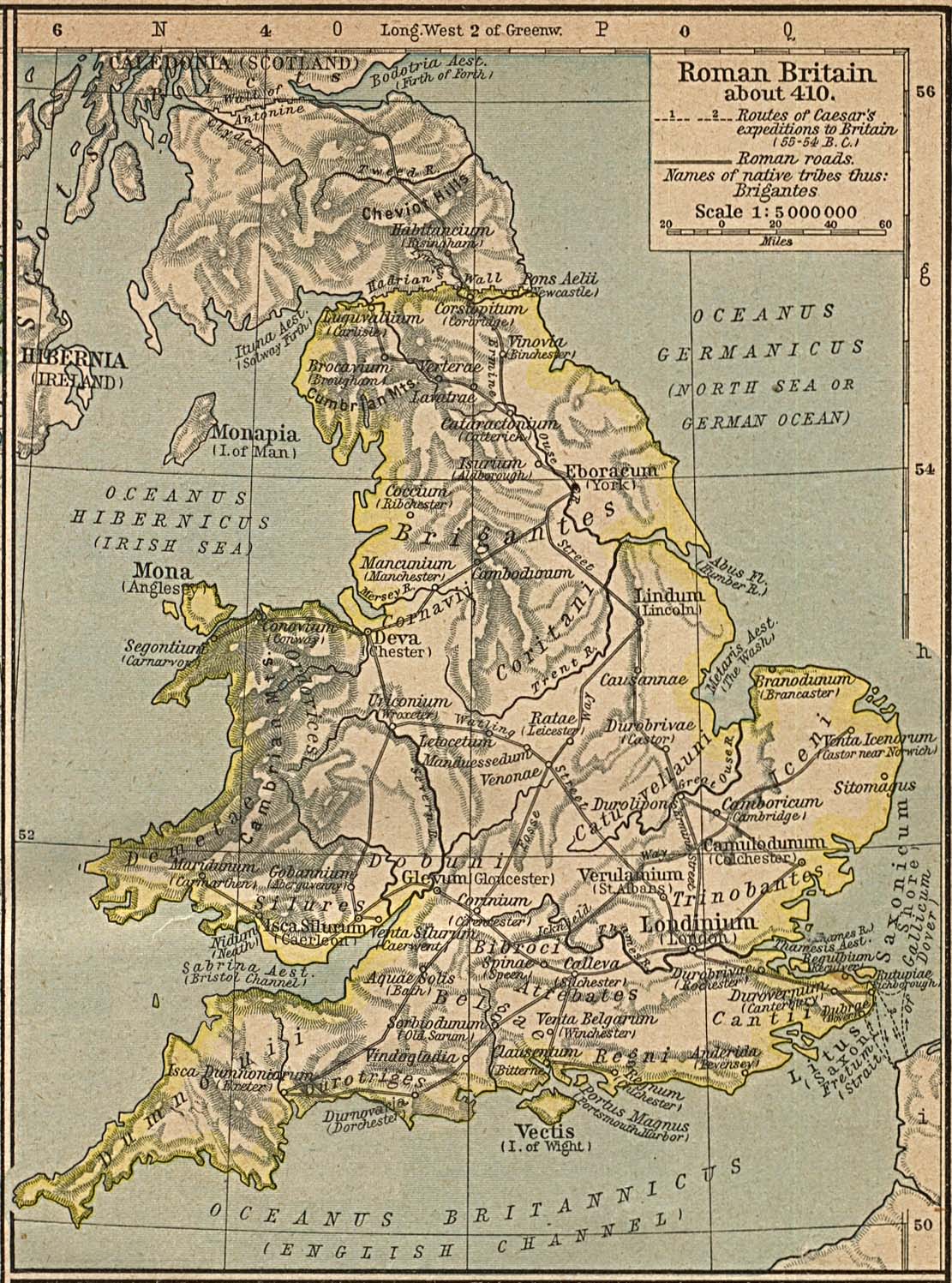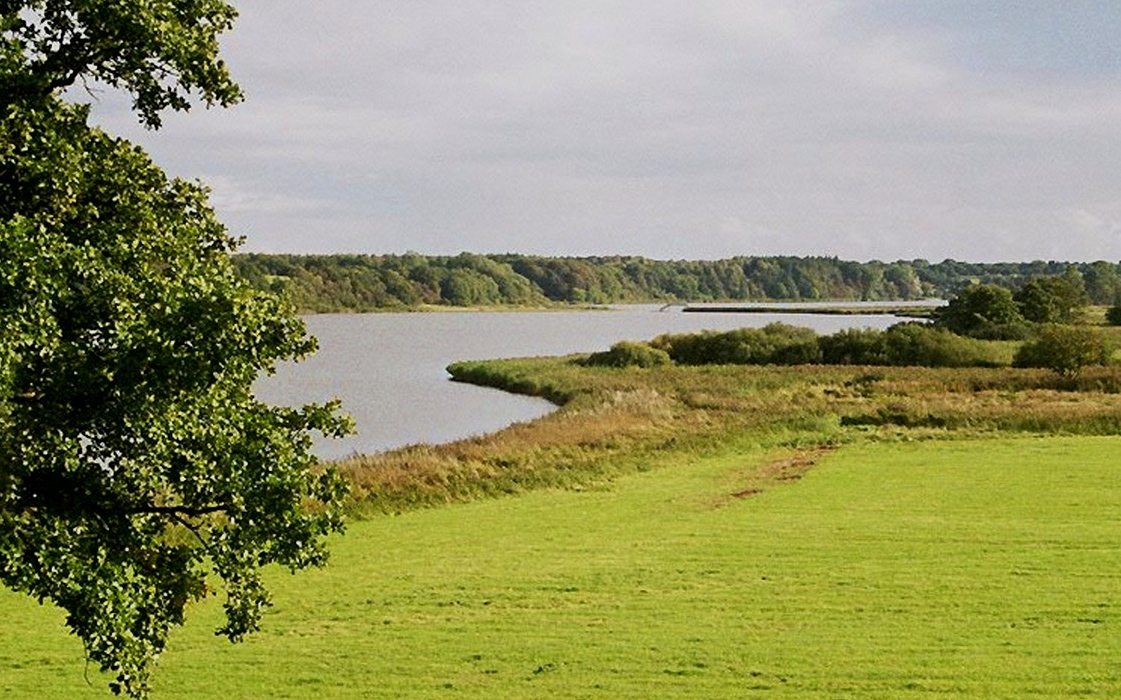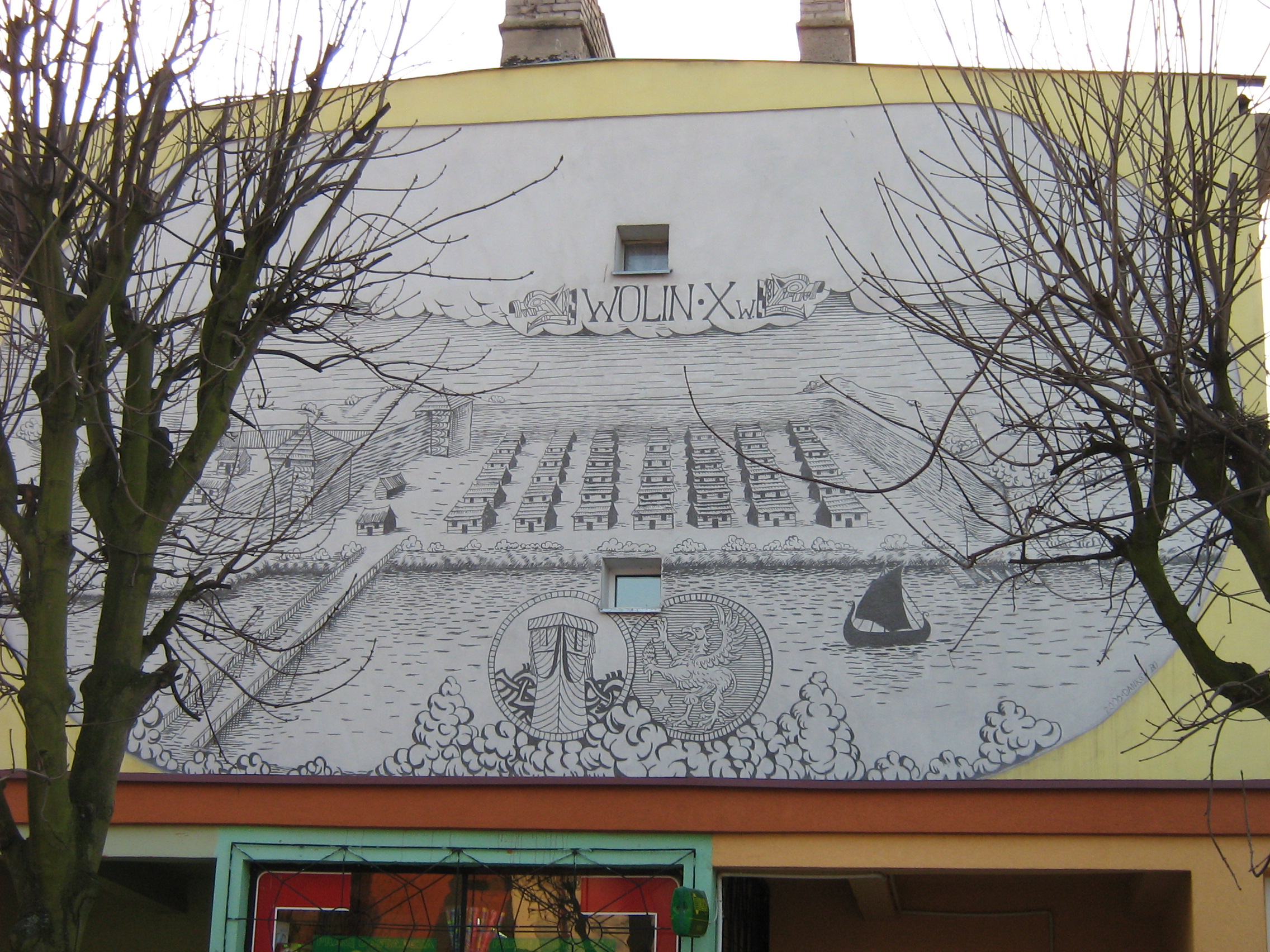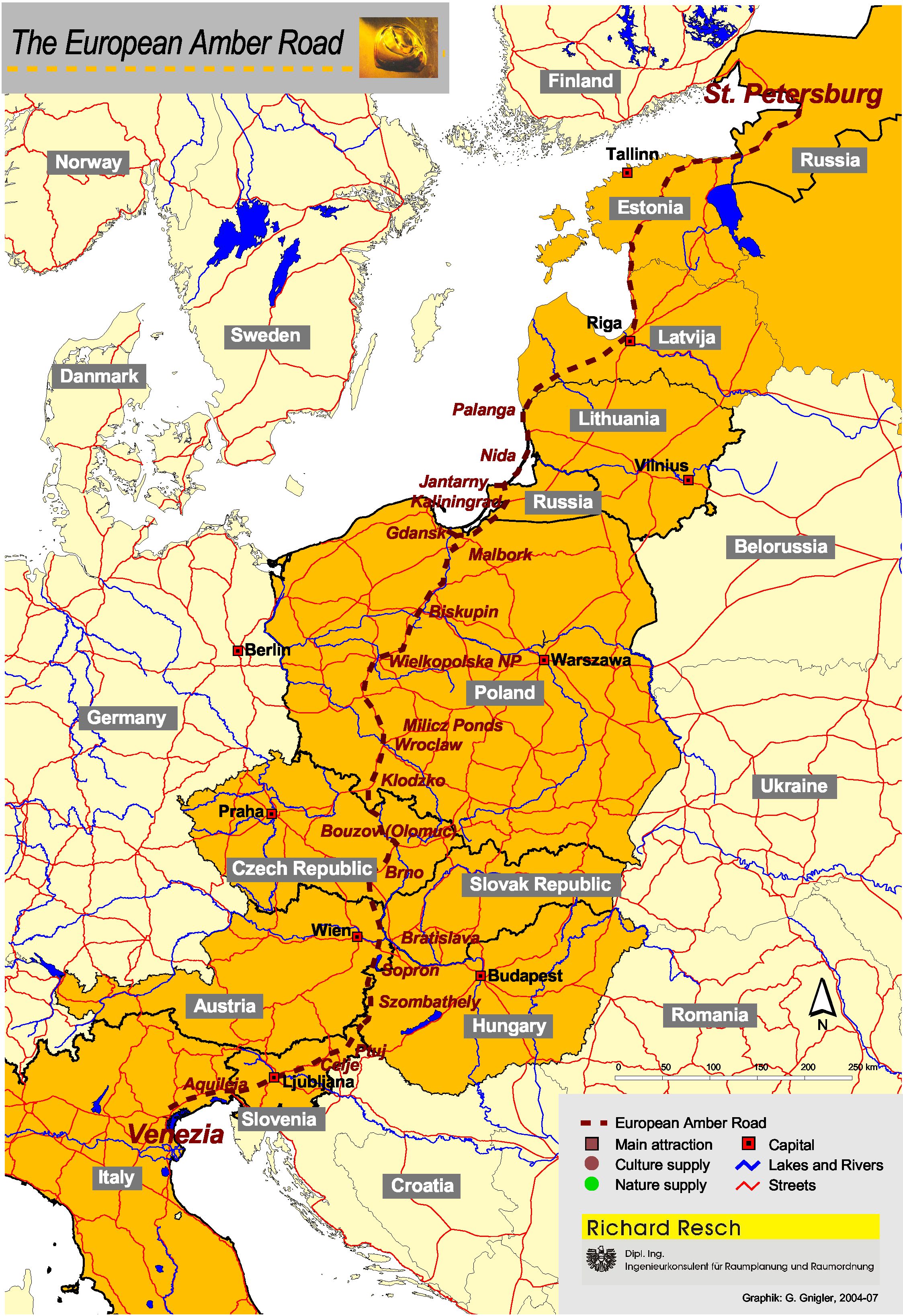|
Emporium (early Medieval)
An emporium (plural: emporia) was one of the trading settlements that emerged in Northwestern Europe in the 6th to the 7th centuries and persisted into the 9th century. Also known in English as wics, they were characterised by their peripheral locations, usually on the shore at the edge of a kingdom, their lack of infrastructure (containing no churches) and their short-lived nature. By 1000, the emporia had been replaced by the revival of European towns. Examples include Dorestad, Quentovic, Gipeswic, Hamwic, and Lundenwic (for which see Anglo-Saxon London) at the North Sea, as well as Haithabu, Jumne and Truso on the Baltic Sea. Their role in the economic history of Western Europe remains debated. Their most famous exponent has been the British archaeologist Richard Hodges. See also * -wich town References * Anderton (Mike) (ed.). ''Anglo-Saxon Trading Centres: Beyond the Emporia''. Cruithne Press. Glasgow. 1999. * Crabtree (Pamela J.) (ed.). ''Medieval Archaeology: An E ... [...More Info...] [...Related Items...] OR: [Wikipedia] [Google] [Baidu] |
Northwestern Europe
Northwestern Europe, or Northwest Europe, is a loosely defined subregion of Europe, overlapping Northern and Western Europe. The term is used in geographic, history, and military contexts. Geographic definitions Geographically, Northwestern Europe is given by some sources as a region which includes Great Britain, Ireland, Belgium, the Netherlands, Luxembourg, Northern France, parts of or all of Germany, Denmark, Norway, Sweden, and Iceland. In some works, Switzerland, Finland, and Austria are also included as part of Northwestern Europe. Under the Interreg program, funded by the European Regional Development Fund, "North-West Europe" (NWE) is a region of European Territorial Cooperation that includes Belgium, Ireland, Luxembourg, Switzerland, the Netherlands and parts of France and Germany. Ethnography During the Reformation, some parts of Northwestern Europe converted to Protestantism, in a manner which differentiated the region from its Roman Catholic neighbors elsewhe ... [...More Info...] [...Related Items...] OR: [Wikipedia] [Google] [Baidu] |
-wich Town
A "-''wich'' town" is a settlement in Anglo-Saxon England characterised by extensive artisanal activity and tradean " emporium". The name is derived from the Anglo-Saxon suffix , signifying "a dwelling or fortified place". Such settlements were usually coastal and many have left material traces found during excavation. Eilert Ekwall wrote: As well as ''-wich'', ''-'' was the origin of the endings and , as, for example, in Papplewick, Nottinghamshire. Four former "-''wīc'' towns" are known in England as the consequence of excavation. Two of these Jorvik (Jorwic) in present-day York and Lundenwic near Londonare waterfront sites, while the other two, Hamwic in Southampton and Gipeswic (Gippeswic) in Ipswich are further inland.R. Hodges, ''The Anglo-Saxon Achievement: archaeology and the beginnings of English society'', 1989:69–104; and, as emporia, C. Scull, "Urban centres in pre-Viking England?" in J. Hines, ed. ''The Anglo-Saxons from the Migration Period to the Eight ... [...More Info...] [...Related Items...] OR: [Wikipedia] [Google] [Baidu] |
Dorestad
Dorestad (''Dorestat, Duristat'') was an early medieval emporium, located in the present-day province of Utrecht in the Netherlands, close to the modern-day town of Wijk bij Duurstede. It flourished during the 8th to early 9th centuries, as an important port on the northeastern shipping routes due to its proximity to the fork in the Rhine, with access to Germany via the Nederrijn (the northernmost branch of the Rhine), to the southern Netherlands, northern France, and England (via the Lek), and to the northern Netherlands, northern Germany, and Scandinavia (via the Kromme Rijn). History The township was established at the base of the former Roman fortress of ''Levefanum'' in the 7th century. The Frankish Carolingian Empire and the Frisians fought for control of the territory, until the Franks gained control of the Frisian Coast in 719. Dorestad flourished between the 7th century and the mid-9th century. The settlement was well known for minting coins under the control ... [...More Info...] [...Related Items...] OR: [Wikipedia] [Google] [Baidu] |
Quentovic
Quentovic was a Frankish emporium in the Early Middle Ages that was located on the European continent close to the English Channel. The town no longer exists, but it was thought to have been situated near the mouth of the Canche River in what is today the French commune of Étaples. Archaeological discoveries led by David Hill in the 1980s found that the actual location of Quentovic was east of Étaples, in what is now the commune of La Calotterie. It was an important trading place for the Franks and its port linked the continent to England, specifically to the southeastern county of Kent. From what we know today, Quentovic was founded by a Neustrian king in the early 6th century. It was one of the two most prominent Frankish ports in the north (the other being Dorestad) until it was abandoned, probably in the 11th century. Merchants were drawn to this place because the number of trading posts at the time was limited. Quentovic was also the place where Anglo-Saxon monks would c ... [...More Info...] [...Related Items...] OR: [Wikipedia] [Google] [Baidu] |
Gipeswic
Ipswich () is a port town and borough in Suffolk, England. It is the county town, and largest in Suffolk, followed by Lowestoft and Bury St Edmunds, and the third-largest population centre in East Anglia, after Peterborough and Norwich. It is northeast of London and in 2011 had a population of 144,957. The Ipswich built-up area is the fourth-largest in the East of England and the 42nd-largest in England and Wales. It includes the towns and villages of Kesgrave, Woodbridge, Bramford and Martlesham Heath. Ipswich was first recorded during the medieval period as ''Gippeswic'', the town has also been recorded as ''Gyppewicus'' and ''Yppswyche''. It has been continuously inhabited since the Saxon period, and is believed to be one of the oldest towns in the United Kingdom.Hills, Catherine"England's Oldest Town" Retrieved 2 August 2015. The settlement was of great economic importance to the Kingdom of England throughout its history, particularly in trade, with the town's historical ... [...More Info...] [...Related Items...] OR: [Wikipedia] [Google] [Baidu] |
Hamwic
Southampton is a city in Hampshire, England. The area has been settled since the Stone Age. Its history has been affected by its geographical location, on a major estuary on the English Channel coast with an unusual double high tide, and by its proximity to Winchester and London; the ancient and modern capitals of England. Having been an important regional centre for centuries, Southampton was awarded city status by Queen Elizabeth II in 1964. Southampton became an important port in medieval times, experiencing several hundred years of fluctuating fortunes until it was expanded by the Victorians. As a centre of commerce, an industrial town and an important military embarkation point, Southampton was a strategic target for the Luftwaffe and was severely damaged in World War II. Post-war redevelopment and the need to accommodate 20th-century innovations such as the motor car have significantly altered the character of Southampton. Prehistoric times Numerous gravel pits have been ... [...More Info...] [...Related Items...] OR: [Wikipedia] [Google] [Baidu] |
Lundenwic
The Anglo-Saxon England, Anglo-Saxon period of the history of London dates from the end of the Londinium, Roman period in the 5th century to the beginning of the Norman and medieval London, Norman period in 1066. Romano-British ''Londinium'' had been abandoned in the late 5th century, although the London Wall remained intact. There was an Anglo-Saxons, Anglo-Saxon settlement by the early 7th century, called ''Aldwych, Lundenwic'', about one mile west of Londinium, to the north of the present Strand, London, Strand. Lundenwic came under direct Mercian control in about 670. After the death of Offa of Mercia in 796, it was disputed between Mercia and Wessex. Viking expansion, Viking invasions became frequent from the 830s, and a Viking army is believed to have camped in the old Roman walls during the winter of 871. Alfred the Great reestablished English control of London in 886, and renewed its fortifications. The old Roman walls were repaired and the Ditch (fortification), defen ... [...More Info...] [...Related Items...] OR: [Wikipedia] [Google] [Baidu] |
Anglo-Saxon London
The Anglo-Saxon period of the history of London dates from the end of the Roman period in the 5th century to the beginning of the Norman period in 1066. Romano-British ''Londinium'' had been abandoned in the late 5th century, although the London Wall remained intact. There was an Anglo-Saxon settlement by the early 7th century, called ''Lundenwic'', about one mile west of Londinium, to the north of the present Strand. Lundenwic came under direct Mercian control in about 670. After the death of Offa of Mercia in 796, it was disputed between Mercia and Wessex. Viking invasions became frequent from the 830s, and a Viking army is believed to have camped in the old Roman walls during the winter of 871. Alfred the Great reestablished English control of London in 886, and renewed its fortifications. The old Roman walls were repaired and the defensive ditch was recut, and the old Roman city became the main site of population. The city now became known as ''Lundenburg'', marking ... [...More Info...] [...Related Items...] OR: [Wikipedia] [Google] [Baidu] |
Haithabu
Hedeby (, Old Norse: ''Heiðabýr'', German: ''Haithabu'') was an important Danish Viking Age (8th to the 11th centuries) trading settlement near the southern end of the Jutland Peninsula, now in the Schleswig-Flensburg district of Schleswig-Holstein, Germany. Around 965, chronicler Ibrahim ibn Yaqub visited Hedeby and described it as "a very large city at the very end of the world's ocean." Due to its unique position between the Frankish Empire and the Danish Kingdom, the settlement developed as a trading centre at the head of a narrow, navigable inlet known as the Schlei, which connects to the Baltic Sea. The location was favorable because there is a short portage of less than 15 km to the Treene River, which flows into the Eider with its North Sea estuary, making it a convenient place where goods and ships could be pulled on a corduroy road overland for an almost uninterrupted seaway between the Baltic and the North Sea and avoid a dangerous and time-consuming ci ... [...More Info...] [...Related Items...] OR: [Wikipedia] [Google] [Baidu] |
Jumne
Wolin ( Polish pronunciation: ; ) is a town in northwestern Poland, situated on the southern tip of the Wolin island off the Baltic coast of the historic region of Western Pomerania. The island lies at the edge of the strait of Dziwna in Kamień County, West Pomeranian Voivodeship. The town, now a fishing port and gateway to the island's bathing resorts, has a population of approximately 4,900. Dating from the 9th century, it has been associated with the semi-legendary settlements of Jomsburg, Jumne, Julin and Vineta.Johannes Hoops, Herbert Jankuhn, Heinrich Beck, ''Reallexikon der germanischen Altertumskunde Band 16'', 2nd edition, Walter de Gruyter, 2000, pp.120-121, It played an important role in the conversion of Pomerania and in 1140 became the first see of the Pomeranian diocese. Several ruins from the Slavic period occupy the area. The early medieval town fell victim to the late 12th century Danish raids, and was refounded in 1260. History The ford across the river Dz ... [...More Info...] [...Related Items...] OR: [Wikipedia] [Google] [Baidu] |
Truso
Truso was a Viking Age port of trade (emporium) set up by the Scandinavians at the banks of the Nogat delta branch of the Vistula River, close to a bay (the modern Drużno lake), where it emptied into the shallow and brackish Vistula Lagoon. This sizeable lagoon is separated from the Gdańsk Bay by the Vistula Spit at the southern Baltic Sea coast. In the 9th century, the merchant Wulfstan of Hedeby travelled to Truso in the service of the English King Alfred the Great and wrote his account of the place at a prominent location of the Amber Road, which attracted merchants from central and southern Europe, who supplied the markets in the Mediterranean and the Middle East with the highly valued commodity. The account of the voyage to the town of Truso in the land of the ''Pruzzens'' around the year 890 by Wulfstan of Hedeby has been included in Alfred the Great's translation of Orosius' ''Histories''. Moreover, Wulfstan named Truso as being near ''Estmere'' (which is his re ... [...More Info...] [...Related Items...] OR: [Wikipedia] [Google] [Baidu] |
